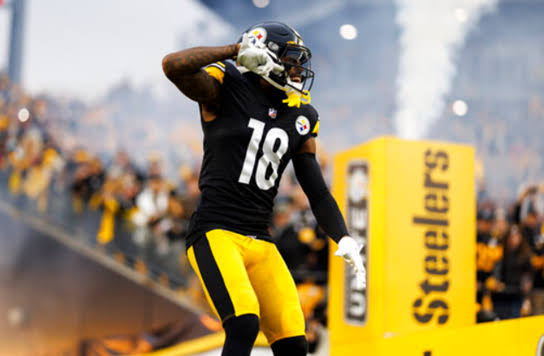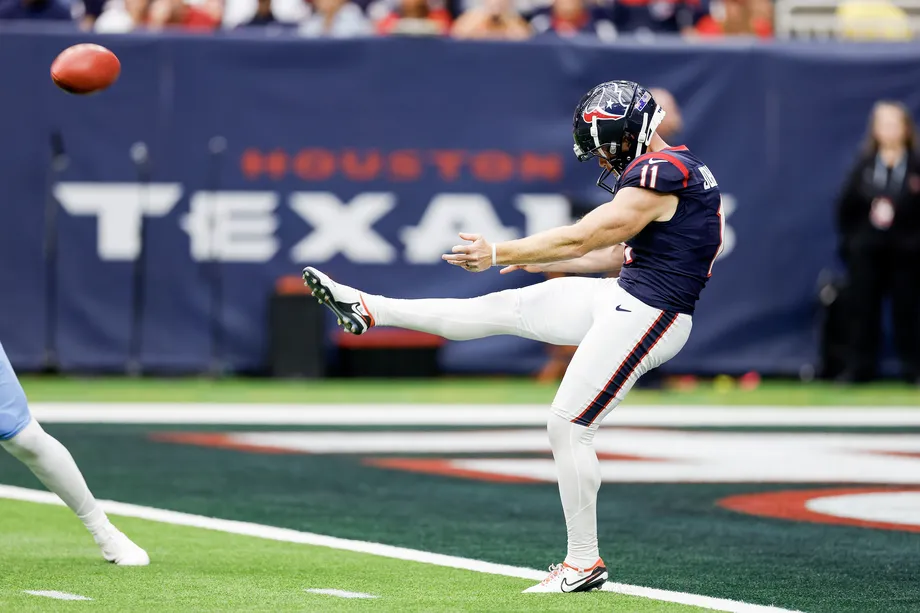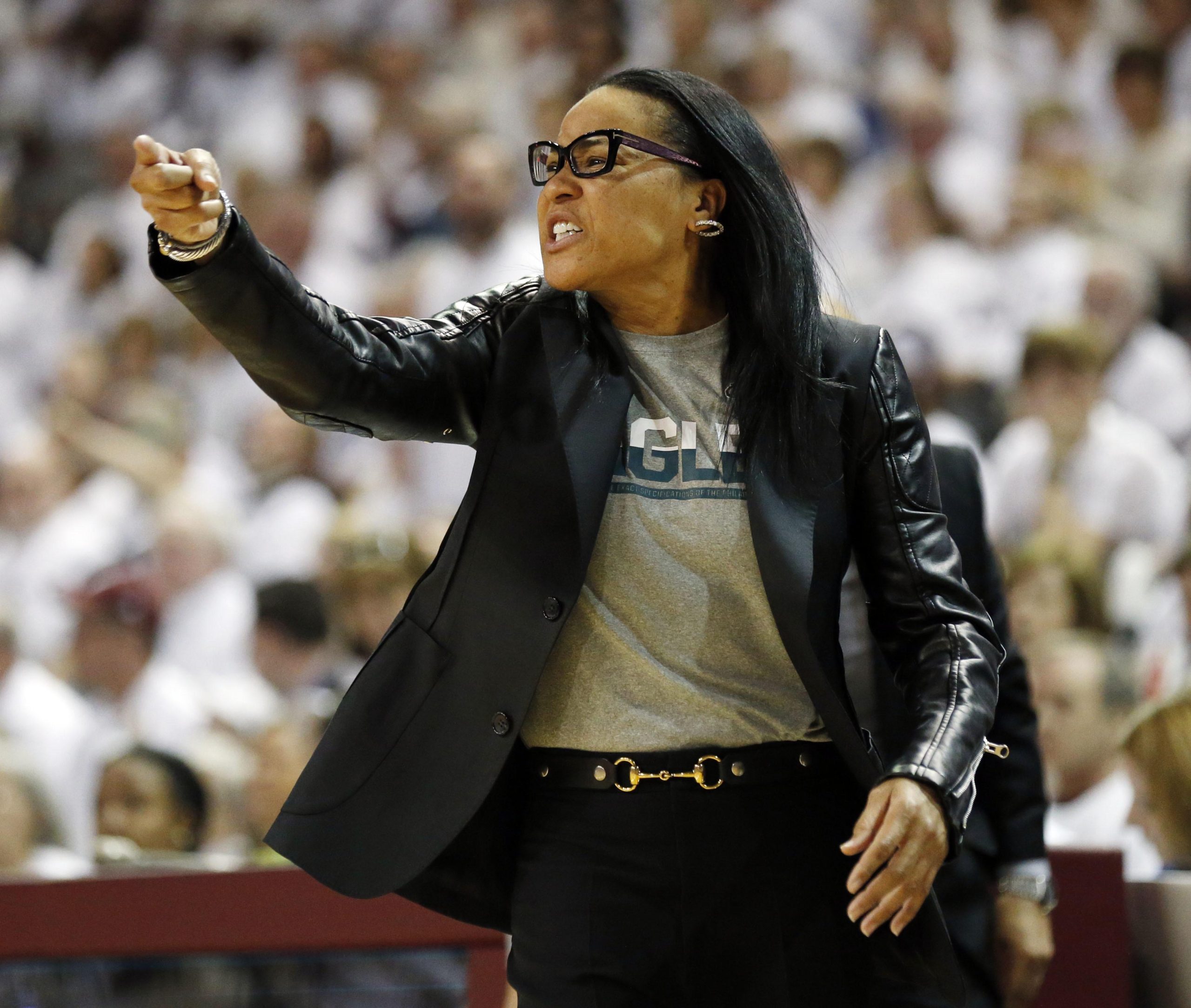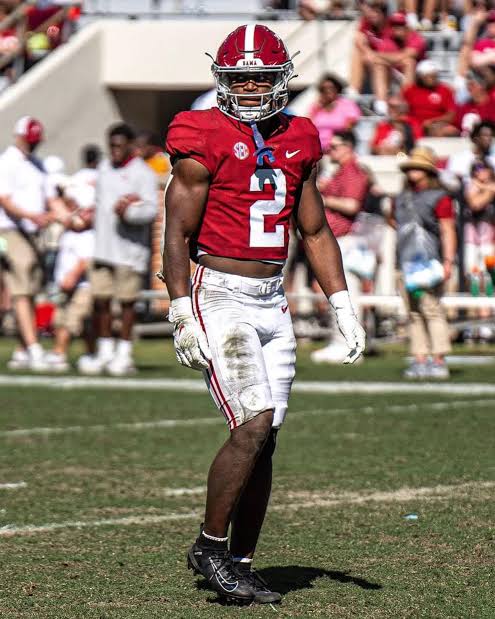Ex-Bruins Coach Responds To USA & Canada’s 3 Fights
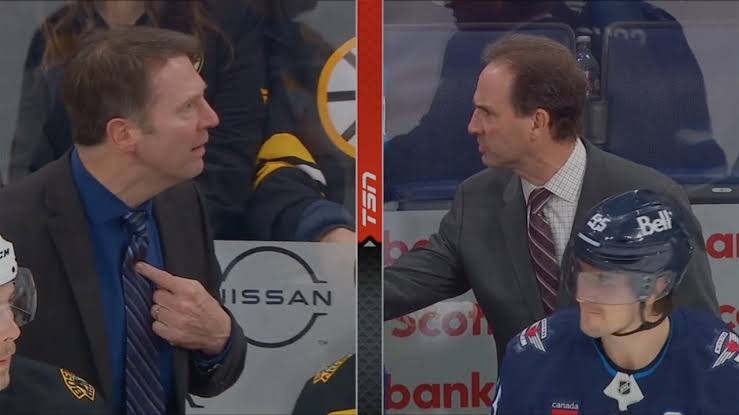
In a historic and intense showdown at the 2025 4 Nations Face-Off, Team USA and Team Canada reignited their storied rivalry with an explosive start that saw three fights erupt within the first nine seconds of play. This unprecedented display of aggression set the tone for a fiercely competitive match, culminating in a 3-1 victory for Team USA and securing their spot in the championship game.
Prelude to the Clash
The atmosphere was electric at Montreal’s Bell Centre on February 15, 2025, as fans from both nations gathered to witness the latest chapter in a rivalry steeped in history and passion. Tensions escalated even before the puck dropped, with Canadian fans booing during the U.S. national anthem—a gesture that did not go unnoticed by the American players.
“We knew it was going to happen,” said U.S. defenseman Zach Werenski. “It happened the last game, it’s been happening in the NHL before this, and we knew tonight was going to be the same way. We obviously don’t like it.”
The Opening Seconds: A Flurry of Fists
As the game commenced, the anticipation quickly gave way to chaos. Immediately following the faceoff, Team USA’s Matthew Tkachuk engaged Canada’s Brandon Hagel in a heated bout, both players shedding their gloves and trading punches. The officials swiftly intervened, sending both to the penalty box.
The intensity didn’t wane. Mere moments later, Brady Tkachuk, Matthew’s younger brother, squared off with Canada’s Sam Bennett, leading to another spirited confrontation. Not to be outdone, J.T. Miller of Team USA initiated a third fight, marking an extraordinary sequence of events rarely seen in international hockey.
Reflecting on the orchestrated aggression, Brady Tkachuk revealed, “Yeah, there was a group chat going on today. We just reaffirmed we were going to do that. I … .”
Strategic Intent: Sending a Message
The deliberate initiation of these altercations was not merely a reaction to the crowd’s provocations but a calculated strategy by Team USA to assert their presence and set the game’s tone. Matthew Tkachuk emphasized the importance of making a statement early on:
“We needed to send a message,” he stated. “We’re here in Montreal on a … .”
This approach harkens back to a more old-school style of hockey, where physicality and intimidation were often employed to gain a psychological edge over the opponent.
Leadership Perspectives: Coaches Weigh In
Following the game, insights from the coaching staff provided further context to the night’s events. Former Boston Bruins head coach Mike Sullivan, now at the helm of Team USA, offered his perspective on the early-game fights. Sullivan, known for his strategic acumen and emphasis on disciplined play, acknowledged the significance of the moment:
“I just think it’s very indicative of what this means to the players,” Sullivan remarked. “The level of passion and commitment to their country and to the game itself. It’s a testament to how much they care.”
On the opposing bench, Team Canada’s head coach Jon Cooper provided a succinct yet telling response to critics of the physicality displayed: “I didn’t see anybody running for the exits.”
Cooper’s remark underscores the entertainment value and the deep-seated passion that such rivalries evoke among fans and players alike.
Historical Parallels and Family Legacy
The Tkachuk brothers’ involvement in the opening skirmishes adds a layer of familial legacy to the narrative. Their father, Keith Tkachuk … was known for his gritty style of play during his NHL career. Notably, Keith held the previous record for the fastest fight in an international game, engaging in a bout within the first 20 seconds during the 1996 World Cup … . The brothers’ actions not only paid homage to their father’s legacy but also etched their own names into the annals of hockey history.
The Game Unfolds: Beyond the Brawls
Once the early dust settled, the focus shifted back to hockey. Both teams showcased exceptional skill and determination, with goaltenders on either side making pivotal saves to keep the contest tight. Team USA capitalized on key opportunities, netting three goals to Canada’s one, and effectively managing the game’s tempo to maintain their lead.
The physicality persisted throughout, with both teams delivering heavy hits and battling fiercely along the boards. However, the initial fights seemed to have galvanized Team USA, providing them with a psychological advantage that they maintained throughout the match.
Implications and Looking Ahead
The outcome of this game has significant implications for both teams. For Team USA, the victory not only secures their place in the championship game but also serves as a morale booster, reinforcing their identity as a formidable force on the international stage.
Team Canada, on the other hand, faces the challenge of regrouping and addressing the factors that led to their defeat. The intensity of the rivalry and the emotional charge of the game may prompt introspection and strategic adjustments as they prepare for their next matchup.
Broader Reflections: The Role of Physicality in Hockey
The events of this game reignite the perennial debate about the role of fighting and physicality in hockey. Proponents argue that it serves as a mechanism for players to police the game themselves, deterring cheap shots and maintaining a level of respect on the ice. Critics, however, contend that it detracts from the skill and finesse that define modern hockey, posing unnecessary risks to player safety


